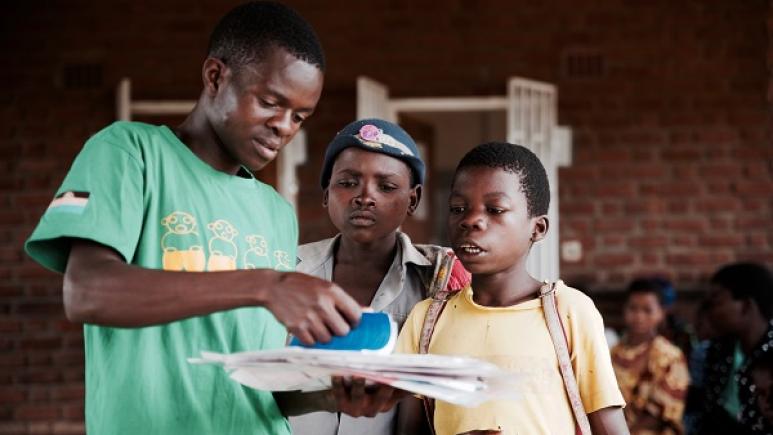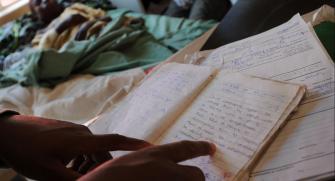Adolescents Living with HIV: Lessons from MSF Programmes in Malawi and Uganda
Around 1.8 million adolescents aged between 10 and 19 are living with HIV worldwide, mainly in sub-Saharan Africa. They face specific challenges. Stigma, loss of parents, educational difficulties and health concerns affect treatment adherence and outcomes. Appropriate services are essential, but often lacking, causing difficult transitions between paediatric and adult care. Chilungno, who benefited from MSF's "Teens clubs" in Chiradzulu, Malawi, shares his experience:
"In the company of older patients, I felt uncomfortable, thought I was alone. When I joined the "Teens' club", I saw that there were a lot of young people in my situation. And I thought I could achieve something".
He is now one of the mentors of the "Teen Clubs": he participates, leads and helps young boys and girls who, like him, are HIV-positive, after having been trained by the MSF teams.
A specific approach for adolescents living with HIV
Inspired by models of care adapted to young people, MSF launched dedicated youth activities in the town of Arua (Uganda) and in the highly HIV-affected rural district of Chiradzulu (Malawi) in 2017. In Uganda, the project focuses on peer support and education. In Malawi, the very rural context has led to the provision of two types of intervention: a "Teens club" for adolescents with no detectable viral load, and a one-day intensive clinic for those with a higher viral load, focusing on virological monitoring, adherence counselling and rapid transition to second-line treatment, if necessary.
Lessons to be learned from implementation
A qualitative and quantitative study carried out with Epicentre has made it possible to evaluate these programmes, documenting their implementation, assessing their effectiveness and suggesting improvements.
The results are promising because, as Sarala Nicholas points out, “Both projects have high retention rates, with more than 90% of adolescents remaining in care. In Chiradzulu, viral load coverage and the proportion of people whose viral load was suppressed or re-suppressed increased substantially. In Arua, these indicators changed less radically, because the rates were already high at the start of the implementation.”
"These clubs offer teenagers a safe space to receive HIV follow-up and care and to talk about their disease with their peers," notes Chilungno.
This model explains the high retention rate and much higher viral load coverage than at national level.
The study's recommendations include appointments outside school hours, the creation of age-specific groups, multidisciplinary teamwork while maintaining links between the players involved, the addition of sexual and reproductive health and rights to the programme, recognition of the importance of peers, and viral load tests every six months. Added to this is one of the key factors in empowerment regarding long-term treatment, namely the need to acquire additional and different information as the adolescent grows older.
These models of care, tailored to adolescents living with HIV - a vulnerable population that is often neglected - can make a real difference to their response to treatment and their quality of life.









